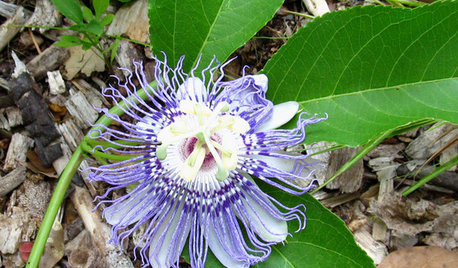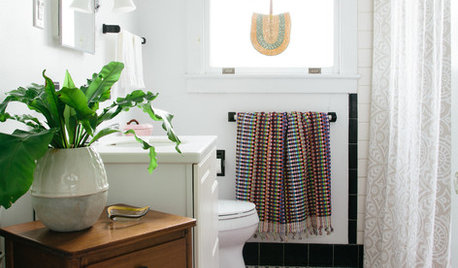I need Passiflora PARRITEA, please help
fzeren
14 years ago
Related Stories

GARDENING GUIDESGreat Design Plant: Passiflora Incarnata
Enjoy the amazing flowers and edible fruit of U.S. native Passiflora incarnata (also known as maypop) — the butterflies sure do
Full Story
LIGHTING10 Chandeliers for People Who Don't Like Chandeliers
Get all the chandelier benefits without channeling Liberace, thanks to wood, paper, wire — and even a surprising old-fashioned staple
Full Story
LANDSCAPE DESIGNThe 7 Best Plant Types for Creating Privacy and How to Use Them
Follow these tips for using different kinds of plants as living privacy screens
Full Story
LANDSCAPE DESIGNSee 5 Unexpected Ways to Use Vines
Vines can grow over slopes, trail off pergolas and add seasonal color to the garden
Full Story
CONTAINER GARDENSFreshen Up the Bath With Lush and Healthy Plants
Learn how to choose and care for plants that will do well in your space
Full Story





mark4321_gw
fzerenOriginal Author
Related Professionals
White Oak Landscape Architects & Landscape Designers · Peabody Landscape Contractors · Wakefield Landscape Contractors · Cambridge Landscape Contractors · Cockeysville Landscape Contractors · Desert Hot Springs Landscape Contractors · Rockwall Landscape Contractors · Roswell Landscape Contractors · Uxbridge Landscape Contractors · Palos Hills Landscape Contractors · Eagan General Contractors · Harvey General Contractors · Merrimack General Contractors · Merritt Island General Contractors · West Whittier-Los Nietos General Contractorsmark4321_gw
kayjones
fzerenOriginal Author
mark4321_gw
karyn1
fzerenOriginal Author
taz6122
karyn1
fzerenOriginal Author
mark4321_gw
karyn1
mark4321_gw